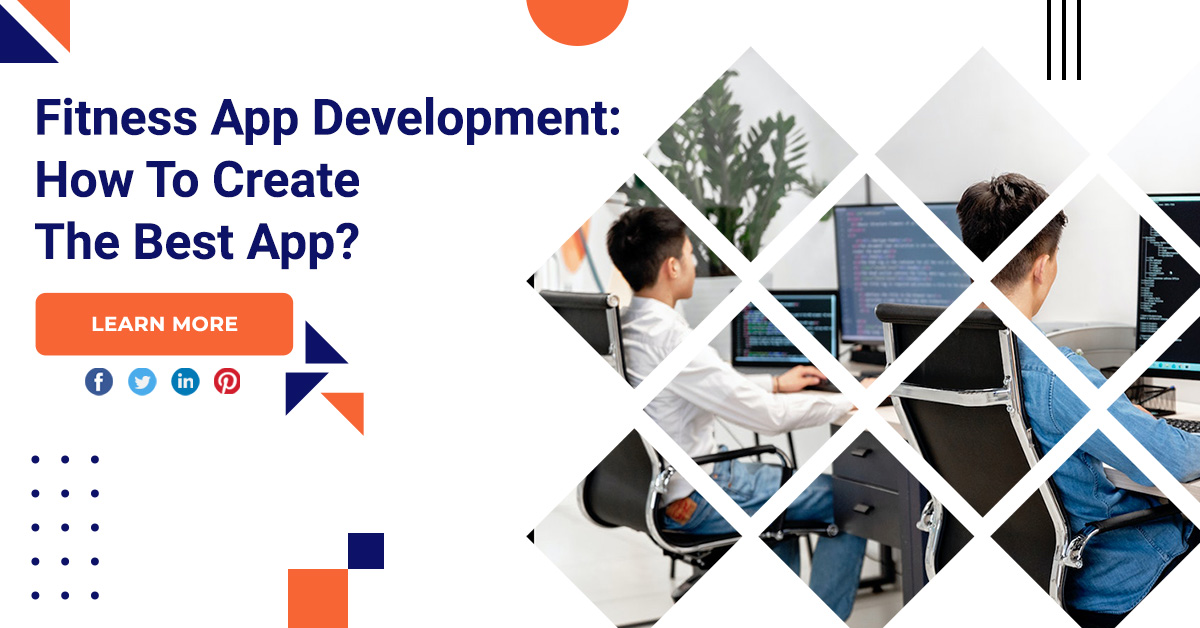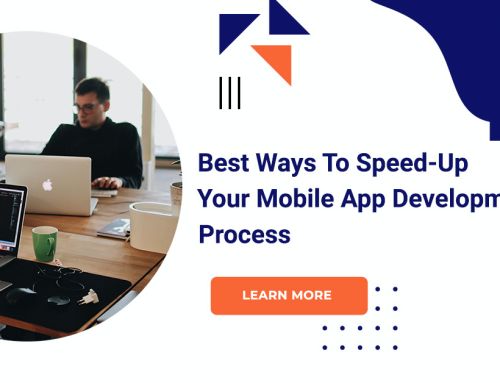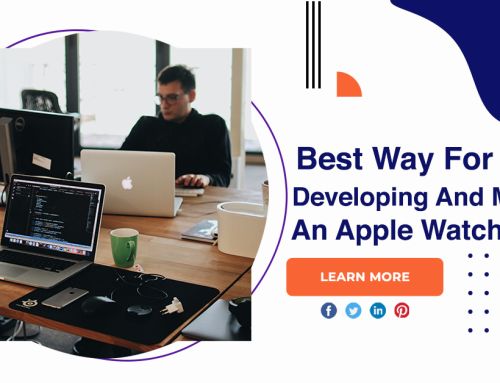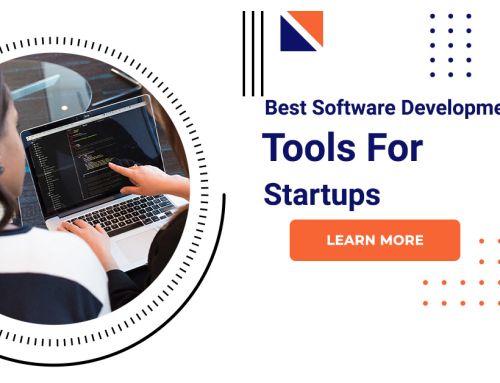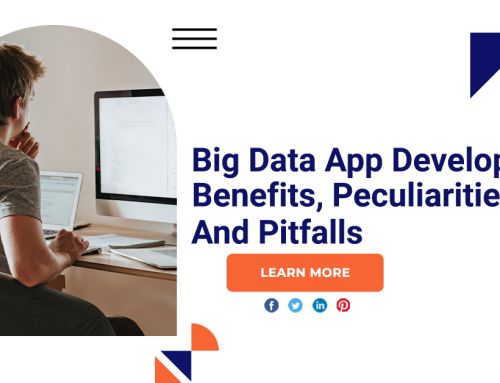Fitness App Development: How To Create The Best App?
There’s been a global trend towards fitness, with consumers prioritizing solutions that let them stay healthy from home. Wearables, at-home memberships, virtual coaches these all offer health junkies the opportunity to improve their fitness at any time and place, often at a more affordable price than a traditional gym membership.
Fitness app development
Onboarding
The onboarding feature will help new users understand your app so that they can use your app efficiently. The onboarding feature contains 3 to 8 screens and a 60 to 90 seconds video tutorial explaining how to use every part of your fitness app.
Social media registration
You can allow users to sign up with their social media accounts such as Facebook, Instagram, Snapchat, etc. Allowing users to register and log into your app with their social media account in one click helps them save time.
Creating a user’s profile
Users’ data will help you to provide the recommended exercise to your users for achieving their fitness goals. You can use artificial intelligence in your app so the app can automatically recommend workouts and other activities to the user by checking their fitness goals.
Fitness goals
The feature will help users to submit their fitness goals in your app. Moreover, you can provide a goal tracker to help them know their progress in achieving their fitness goals.
Gym workout and exercise
You can include many workouts and fitness-related exercises in your app to train your users to achieve their specific goals. You can include activities related to fitness goals such as weight loss, muscle gain, stress management.
Audio/video player
To provide content related to workouts and fitness, you must integrate audio and video players into your app. The media player will help your app not rely on third-party applications for playing media files available in your app.
Product & recipe database
Your fitness can include an extensive database of healthy recipes and nutrition values for each item. The app can provide recipes with nutrition value by integrating API from the third-party websites available in the fitness market.
Push notifications & reminders
The push notification will help your app users to provide updates regarding their fitness activities to help them achieve their fitness goals. Moreover, you can provide statements for completing daily fitness tasks such as step count, sleep hours, calorie intake, etc.
Profile settings
The app user can manage their profile by changing their username and profile pictures and updating their fitness-related data such as weight, height, etc.
Support & customer services
A live chat option in your help can provide a better app experience to your users. Even better, you can include a chatbot in your app so your app users can resolve their queries at any time. Having customer support and services in your app will increase the users’ trust and give your business better profit.
App testing
After developing the app, the team will perform app testing to find technical issues, bugs, and areas for improvement to provide a better app experience. The team will perform app testing multiple times to ensure there are no technical issues and drawbacks in your app.
App launching
Once your app is ready to publish, your team will focus on different marketing and optimization factors to expand the app’s reach among your audience.
Conclusion
After reading this article, you should be able to better understand how to develop and monetize a fitness application of your choice. Choose the fitness app development companies very cautiously and invest your money wisely.

